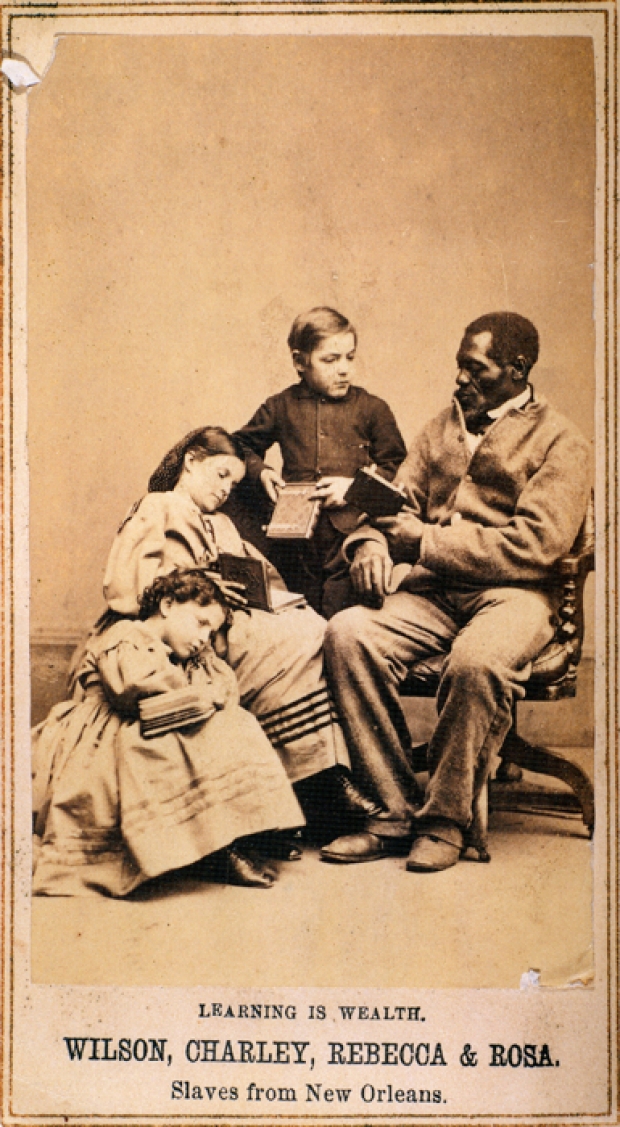Fresh Off the Boat Is Not Science FictionPosted in Articles, Asian Diaspora, Communications/Media Studies, Literary/Artistic Criticism, Media Archive, United States on 2015-02-23 21:15Z by Steven |
Fresh Off the Boat Is Not Science Fiction
David Shih
2015-02-10
David Shih, Associate Professor of English
University of Wisconsin, Eau Claire
I have always known that moment of disappearance and the even uglier truth is that I have long treasured it. That always honorable-seeming absence. It appears I can go anywhere I wish. Is this my assimilation, so many years in the making? Is this the long-sought sweetness? —Chang-rae Lee, Native Speaker
Lost amid the well-deserved fanfare accompanying the premiere of ABC’s new prime-time comedy Fresh Off the Boat was the launch of another major-studio show featuring an Asian American family. Like Eddie Huang’s brainchild, it is a big-budget vehicle as well, with stars such as Olivia Munn, George Takei, Bill Nye, Mark Hamill, and Adrian Grenier lending their talents to its production. However, unless you are like me, a parent or caregiver to a preschool-aged child, you may not know what I’m talking about. Miles from Tomorrowland is an animated series for Disney Junior that made its debut only a few days after that of Fresh Off the Boat. (Disney-ABC owns both titles.) In this blog entry I will discuss these new shows, particularly how they represent extant and potential relationships between Asian Americans and other racial groups, particularly white people. What does it mean that traditional and social media have christened Fresh Off the Boat as the “Asian American” show, while the publicity for Miles from Tomorrowland makes no mention of race? The latter is a “postracial” narrative while the former is decidedly “racial” in its intent and reception.
Miles from Tomorrowland chronicles the planet-hopping adventures of a family of four, members of an institution familiar to anyone who has visited the Magic Kingdom–the “Tomorrowland Transit Authority.” The star of the show is Miles Callisto, an intrepid young boy who learns about science while solving problems with his creative use of technology. His mother, Phoebe, is the captain of their spaceship. Father Leo and sister Loretta round out the foursome. With the exception of Leo, who is white, the other Callistos are of Asian descent. To be clear, nothing from the official publicity for Miles from Tomorrowland overtly states that Phoebe is an Asian American. The voice actor for Phoebe is the well-regarded Olivia Munn, whose mother is Chinese. Just to be sure, I contacted the creator of the show, Sascha Paladino. Paladino told me that Miles is Chinese American. Moreover, Paladino revealed, later episodes of the show will explore Miles’ Chinese heritage. Targeted at preschoolers, the show is a developmentally-appropriate multicultural narrative: the star is a mixed-race boy who maintains a connection to his ethnic identity, and the Asian American characters do not exhibit any stereotypical behaviors. It promises to honor cultural diversity while understanding it as no barrier to social potential. My mixed-race son loves it, and I’m glad that there is once again an animated protagonist who shares his heritage…
Read the entire article here.

